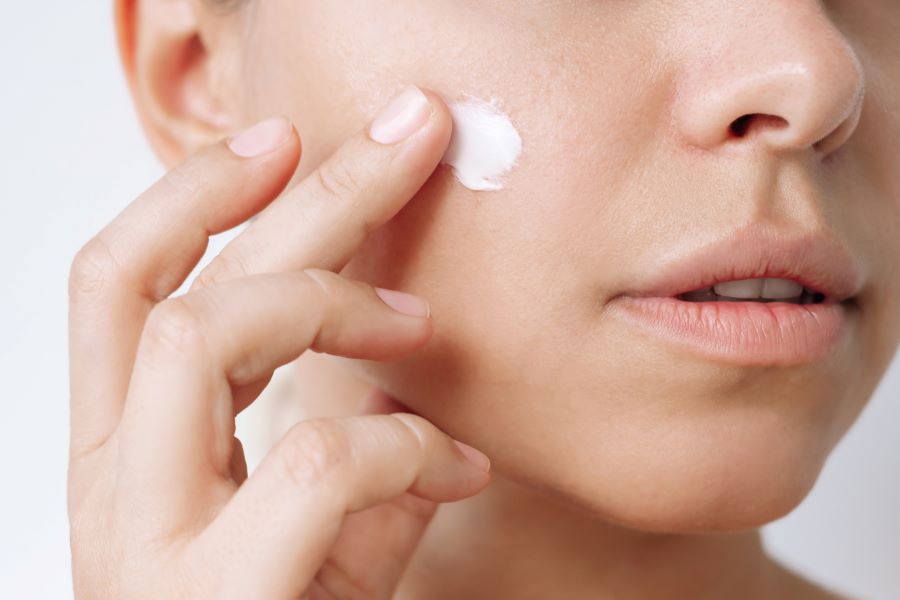Decoding the Mystique of Juvederm: A Comprehensive Look at Modern Beauty Solutions
In the world of cosmetic enhancement, the quest for eternal youth and beauty is an ongoing journey. In recent years, dermal fillers have emerged as a popular non-surgical solution to combat the signs of aging. Among these, Juvederm has positioned itself as a game-changer. This FDA-approved injectable gel works wonders in smoothing out wrinkles, enhancing lips, and restoring lost volume in the face. But what is Juvederm, what makes it unique, and what should potential users know about it? This article delves into the world of Juvederm, tracing its origins, its rise to the forefront of the beauty industry, and its impact on contemporary beauty norms.

The Genesis of Juvederm: A Leap in Dermal Filler Technology
Juvederm was introduced by Allergan, the same company responsible for Botox, another household name in the beauty industry. Approved by the FDA in 2006, Juvederm represented a significant advancement in dermal filler technology. Unlike previous fillers, which were often animal-based and carried a higher risk of allergic reactions, Juvederm is a hyaluronic acid-based filler. Hyaluronic acid is a naturally occurring substance in the body, making Juvederm a safer choice.
This leap in technology was not only a medical advancement, but it also transformed the beauty industry’s perception of dermal fillers. Prior to Juvederm, fillers were often seen as risky and unnatural. But Juvederm’s hyaluronic acid base and smooth consistency allowed for a more natural look and feel, paving the way for its acceptance in the mainstream beauty industry.
Juvederm’s Influence on Modern Beauty Standards
The rise of Juvederm coincided with a shift in societal beauty standards. As social media platforms like Instagram and Snapchat became ubiquitous, the desire to look ‘camera-ready’ at all times grew. Juvederm, with its promise of instant, noticeable results, fit perfectly into this new beauty paradigm.
Its influence can be seen in the ‘lip filler trend,’ which gained popularity in the mid-2010s. Public figures like Kylie Jenner openly admitted to using Juvederm for lip augmentation, which led to a surge in demand for the product. This trend not only boosted the popularity of Juvederm but also sparked a wider acceptance of cosmetic enhancements, altering beauty norms in the process.
Balancing Aesthetics and Health: The Safety Profile of Juvederm
Like any medical procedure, Juvederm comes with potential risks and side effects. However, its safety profile is generally considered favorable. Due to its hyaluronic acid base, allergic reactions are rare. Common side effects include temporary redness, swelling, or bruising at the injection site.
It’s crucial for potential users to understand that the safety of Juvederm, or any cosmetic procedure, heavily depends on the expertise of the provider. Therefore, it’s vital to choose an experienced, board-certified dermatologist or plastic surgeon to administer injections.
The Future of Juvederm: Continuing Evolution and Expansion
Juvederm’s journey doesn’t stop here. Allergan continues to innovate and expand the Juvederm product line. Today, there are several variations of Juvederm, each designed for specific areas of the face. For instance, Juvederm Voluma XC is designed to add volume to the cheek area, while Juvederm Volbella XC is tailored for lip augmentation.
Moreover, the scientific community is actively researching ways to improve the longevity and effectiveness of hyaluronic acid fillers. The future of Juvederm looks promising, with the potential for even more advancements and refinements in the pipeline.
Embracing the New Era of Beauty with Juvederm
In conclusion, Juvederm represents a significant milestone in the evolution of beauty enhancement. It has not only provided a safer, more natural-looking solution for those seeking to combat signs of aging but has also played a pivotal role in reshaping societal perceptions of cosmetic enhancements. As we move forward, the influence of Juvederm on beauty standards will continue to be felt, reminding us that our understanding of beauty is an ever-changing concept, continually molded by advances in technology and shifts in cultural norms.




